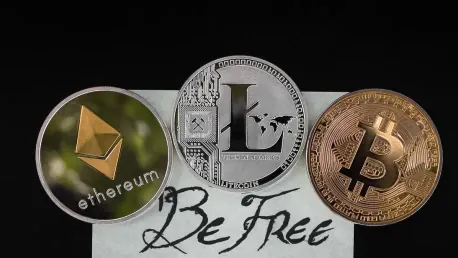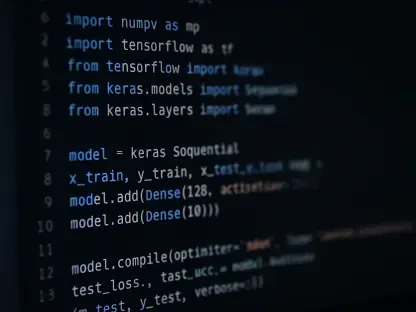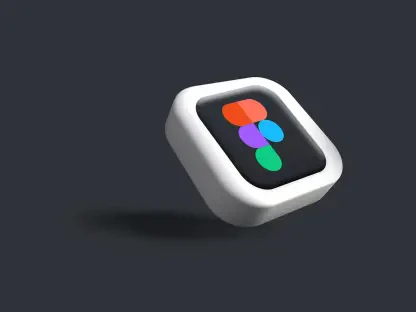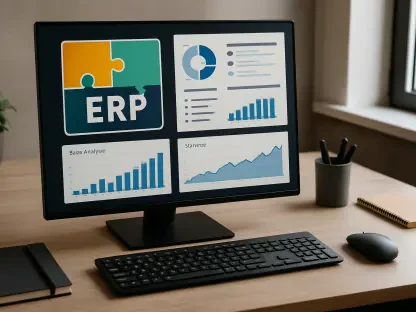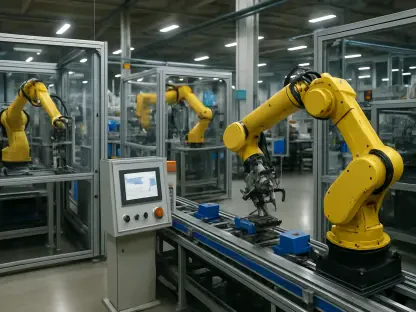The rapid evolution of the cryptocurrency market has seen a plethora of new entrants striving for dominance, each promising innovation in security, scalability, and user experience. As investors and users weigh their options, two notable contenders emerge as frontrunners with distinct approaches—Toncoin and BlockDAG. While both have shown significant promise, they follow different paths that could determine their competitive edge by 2025.
Toncoin: Innovation and Challenges
Growth and Adoption
Toncoin, renowned for its robust transactions and user-friendly ecosystem, has steadily grown in the cryptocurrency sphere. Its low transaction fees and rapid processing times have eliminated many barriers for users, making it an attractive option for everyday transactions. These traits have propelled its adoption among a growing user base, establishing Toncoin as a viable digital currency option. The positive growth trajectory and strong community support underscore its potential to maintain a leading role in the cryptocurrency market.
However, Toncoin faces significant challenges that could hinder its long-term success. One primary concern is the issue of centralization. Despite its widespread adoption, over 91% of Toncoin’s token supply is concentrated among major holders. This level of centralization raises questions about the network’s resilience and can lead to market manipulation. Additionally, centralization may deter new users who seek a more decentralized and democratic system, thereby affecting user trust and engagement.
Scalability Concerns
Another considerable challenge for Toncoin lies in its scalability. As the network experiences increased transaction volumes, it faces delays and congestion during peak periods. The sequential processing of transactions, inherent in its blockchain model, often leads to bottlenecks, significantly impacting performance and user satisfaction. Without effective scalability solutions, Toncoin may struggle to keep pace with market demands and compete with more advanced technologies. To sustain its growth and remain competitive, Toncoin must find innovative solutions to its scalability issues and decentralization concerns.
Efforts towards enhancing scalability are crucial for Toncoin’s sustainability and future success. Being proactive in addressing these limitations will play a significant role in maintaining user interest and trust. If Toncoin fails to resolve these pressing issues, it may fall behind newer, more capable alternatives that deliver on promises of efficiency and decentralization. The question remains whether Toncoin can adapt quickly enough to overcome these critical challenges and continue its upward momentum in a highly competitive market.
BlockDAG: The Future of Scalability and Decentralization
BlockDAG’s DAG Structure and Efficiency
BlockDAG emerges as a forward-thinking player in the cryptocurrency domain with its innovative use of Directed Acyclic Graph (DAG) technology. Moving away from the traditional blockchain model, BlockDAG processes multiple transactions simultaneously, ensuring smoother and faster operations. Whether the network is handling hundreds or thousands of transactions per second, its DAG structure remains efficient and prevents bottlenecks, making it highly scalable and reliable. This ability to process transactions concurrently significantly enhances the user experience, positioning BlockDAG as a technologically superior alternative.
Another standout feature is the new KKAK-256 hashing algorithm, which further strengthens BlockDAG’s security and operational efficiency. This algorithm secures the network and streamlines operations, catering to users’ demands for both competency and safety. Over recent AMA sessions, the introduction of KKAK-256 has stirred substantial interest within the cryptocurrency community, drawing attention to BlockDAG’s potential. The algorithm not only fortifies the mining framework but also attracts interest due to its promise of heightened security and efficiency. This innovative approach ensures that BlockDAG remains at the forefront of technological advancement in cryptocurrency.
Decentralization and Market Adoption
One of BlockDAG’s most compelling features is its commitment to decentralization. Unlike Toncoin, BlockDAG avoids the pitfalls of centralization by combining Proof of Work (PoW) and DAG technology, allowing for a more inclusive network. This combination enables broader user involvement without necessitating costly infrastructure investments, ensuring that the network remains decentralized and accessible to a wide range of participants. This inclusive approach encourages diverse participation and enhances the network’s resilience, fostering a more democratic and secure environment for all users.
The successful presale of BlockDAG tokens, which raised over $142.5 million and resulted in a remarkable 2240% return on investment, is a testament to its growing market interest and robust adoption potential. This significant milestone highlights the faith investors have in BlockDAG’s innovative technology and future prospects. As the market evolves, BlockDAG’s dedication to scalability, security, and decentralization is likely to secure its status as a frontrunner. The strong market reception suggests that BlockDAG’s forward-thinking approach could reshape the landscape and establish it as a leading cryptocurrency by 2025.
Comparative Analysis and Market Projection
Scalability and Performance
A critical comparison between Toncoin and BlockDAG reveals that BlockDAG holds a considerable advantage in scalability. While Toncoin’s blockchain model processes transactions sequentially, often leading to congestion during high-traffic periods, BlockDAG’s DAG structure processes transactions concurrently. This concurrency allows BlockDAG to handle 10,000-15,000 transactions per second, maintaining performance and speed regardless of the load. The advanced structure of BlockDAG thus resolves traditional scalability issues faced by most blockchain-based cryptocurrencies.
In terms of practical advantages, BlockDAG’s superior scalability significantly enhances its appeal. Users seeking a dependable, fast, and efficient cryptocurrency will likely gravitate towards BlockDAG, especially as transaction volumes continue to rise. In contrast, Toncoin must address its scalability challenges to prevent congestion and delays, which have proven to be substantial drawbacks. Should these issues persist, Toncoin could see a decline in user base and market position, unable to match the efficiency offered by technologies such as BlockDAG.
Network Decentralization and Security
Decentralization is another area where BlockDAG demonstrates superiority over Toncoin. BlockDAG’s hybrid PoW and DAG technology approach ensure a decentralized network that permits broad user participation without costly infrastructure. This inclusive method contrasts sharply with Toncoin’s model, where the high concentration of token ownership among large holders poses a significant centralization risk. The necessity for expensive infrastructure to become a validator further exacerbates this issue, limiting broader user involvement and threatening network integrity.
From a security perspective, BlockDAG’s advanced KKAK-256 hashing algorithm significantly enhances the network’s protection against potential threats, appealing to both miners and users. In contrast, Toncoin must explore and implement new strategies to combat centralization and bolster security. Should these efforts fall short, Toncoin may struggle to reassure users about the network’s reliability and safety. As a result, the preference might sway towards BlockDAG, which consistently demonstrates a commitment to advanced technology and decentralized governance.
Conclusion and Future Outlook
Prospective Market Dominance
The rapid evolution of the cryptocurrency market has led to a surge of new entrants all vying for dominance, each promising groundbreaking advancements in security, scalability, and user experience. With so many options available, investors and users have to carefully consider their choices. Among the most notable contenders are Toncoin and BlockDAG, both of which have carved out prominent positions with distinct strategies and visions for the future.
Toncoin focuses on establishing a robust and secure platform with an emphasis on improving accessibility and mainstream adoption. On the other hand, BlockDAG is centered on scalability and decentralization, aiming to overcome current limitations in the blockchain space. These two digital currencies showcase significant potential yet diverge in their approaches. Their unique paths could prove decisive in determining which one holds a competitive edge by 2025. As the crypto market continues to evolve, it will be fascinating to see how these platforms develop and whether they can deliver on their ambitious promises.
